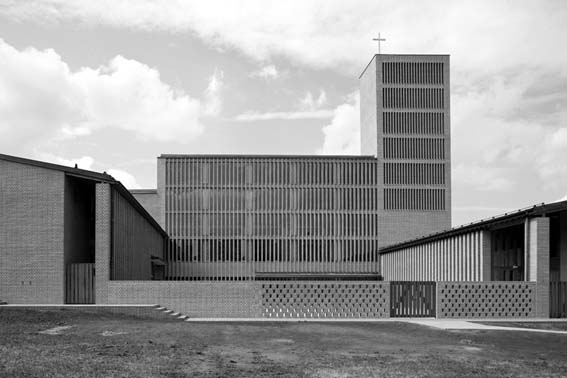Arquitectura eclesiástica húngara contemporánea
Reinterpretación de una tradición rota en el cambio de milenio
DOI:
https://doi.org/10.17979/aarc.2011.2.2.5054Palabras clave:
contemporary religious architecture, tradition, millenium change, HungaryResumen
El 2 de diciembre de 1978, en una carta a los obispos húngaros, Juan Pablo II escribió lo siguiente: «La Iglesia católica, que siempre ha desempeñado un papel significativo en la historia de Hungría, continuará formando la imagen espiritual de vuestro país, llevando a vuestros hijos e hijas la luz del Evangelio de Cristo que ha iluminado el camino y las inclinaciones vitales del pueblo húngaro durante muchos siglos».
La milenaria cristiandad húngara ha desempeñado un papel dominante en el movimiento de reforma litúrgica: el 34º Congreso Eucarístico Internacional se celebró en 1938 en Budapest. La Iglesia católica húngara realizó construcciones significativas en el primer tercio del siglo XX. Las obras modernistas, desarrolladas en el estilo más avanzado de la época, mostraron la grandeza de la Iglesia y el papel que desempeñaba en la vida social de Hungría entre las dos guerras mundiales, siguiendo los principios más actualizados de la arquitectura y de la liturgia. Se construyeron diversas iglesias según la interpretación de las tradiciones del primer cristianismo, que mostraban los principios litúrgicos progresistas y las nuevas disposiciones de la función arquitectónica, todo ello mucho antes del Concilio Vaticano II.
Después de 1945, la construcción de iglesias en Hungría fue retrasada durante mucho tiempo a causa de la realineación política. Durante el socialismo, sólo se podían construir iglesias para reemplazar a otras demolidas, o en algunos casos afortunados, se construían nuevos templos para representar la conformidad del poder estatal. Continuaron cuarenta años de opresión ideológica, pero la singular memoria arquitectónica de aquella época ha destacado por su expresividad.
A partir de los años 90 se produjo un boom en la construcción que portaba las marcas de una crisis de valores debida a la incertidumbre provocada por el parón obligado. Sólo una década más tarde ya se percibía una recuperada producción de valor arquitectónico, que consiste en una reinterpretación del desarrollo truncado.
En el caso de las iglesias contemporáneas húngaras, el compromiso con el valor arquitectónico ha consistido en la continuidad de la tradición al lado de las demandas estéticas del cambio de milenio. Dicha tradición está estrechamente vinculada en su identidad a una clara concepción de los espacios litúrgicos y a la redefinición de la aproximación al espacio cristiano en el cambio de milenio. Después de una era ideológicamente oscura, dedicando la opresión a un tiempo de preparación, se reinterpreta la fase de continuidad.
Descargas

Descargas
Publicado
Número
Sección
Licencia

Esta obra está bajo una licencia internacional Creative Commons Atribución-NoComercial-CompartirIgual 4.0.















